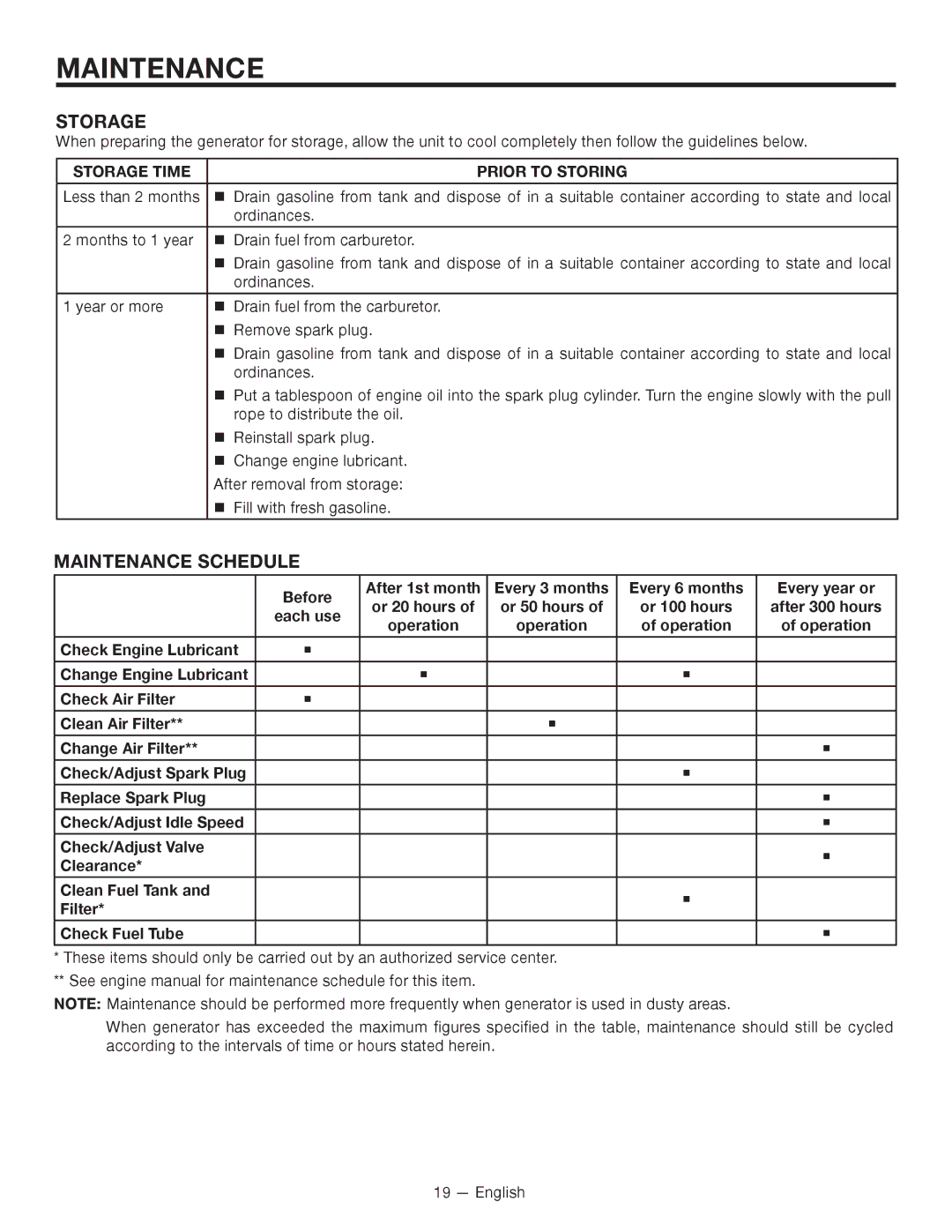RD80011, RD8000 specifications
The RIDGID RD8000 and RD80011 represent a significant advancement in the world of underground utility locating. These versatile tools are designed to help professionals accurately detect and trace buried utilities, ensuring safe and efficient excavation and construction processes.Both models are equipped with advanced signal processing technologies that enhance their ability to locate utilities, even in challenging environments. The RD8000 is renowned for its range of frequencies—typically offering up to five different transmission frequencies, allowing users to locate a variety of utility types including electric, gas, water, and telecommunications lines. This frequency versatility means that users can effectively cater to a wide spectrum of application needs, from residential projects to large-scale infrastructure work.
The RD80011 variant enhances these capabilities with added features aimed at improving user experience and precision. One standout feature is the built-in GPS technology, which allows for real-time mapping and locating of utilities, providing users with the ability to track locations directly on their devices. This integration streamlines the process of recording and reporting utility locations, fostering efficient workflow and reducing the risk of errors in documentation.
Additionally, both models boast an ergonomic design, featuring a lightweight build and intuitive controls that make them user-friendly. The display screen is bright and easy to read, featuring visual indicators that help convey critical information at a glance. The RD8000 and RD80011 utilize a rechargeable battery that ensures long-lasting power, giving users the confidence to tackle extended projects without the need to frequently replace batteries.
Another valuable characteristic is the built-in earphone jack, allowing for enhanced audio feedback and communication in noisy environments. Users can listen for specific tones corresponding to different utilities, which can aid in pinpointing the location with greater accuracy.
These RIDGID models also include advanced interference suppression technologies to minimize signal distortion from other nearby utilities, ensuring users receive clear and accurate data. This feature is particularly vital in complex urban settings where multiple utilities coexist in close proximity.
In summary, both the RIDGID RD8000 and RD80011 are designed with professional utility locators in mind, integrating advanced technologies and features that enhance detection capabilities, improve ease of use, and contribute to safer excavation practices.
